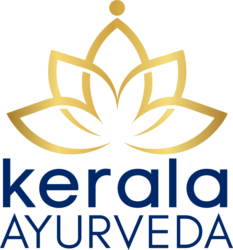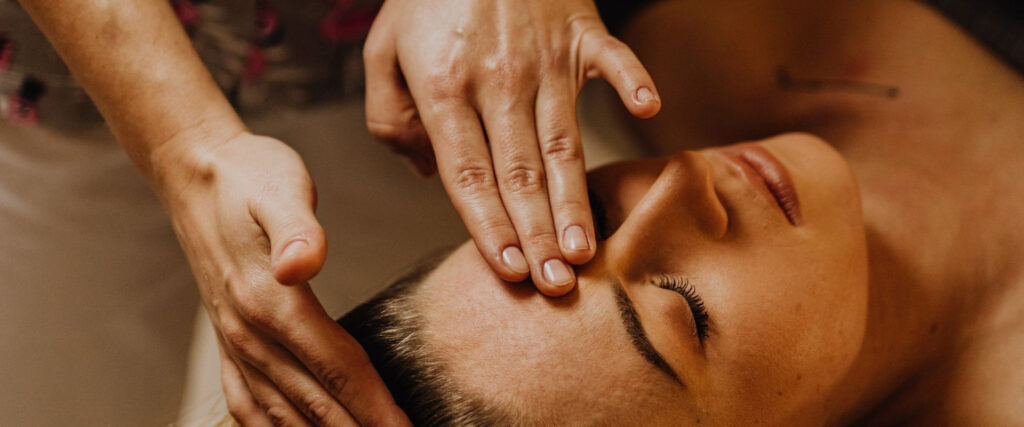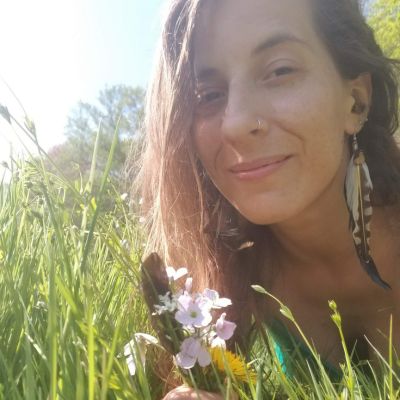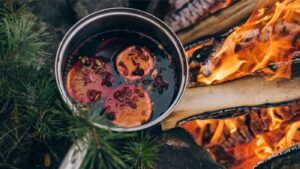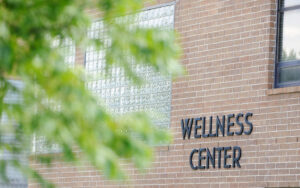In the vast system of Ayurveda, there are healing methods that have existed for thousands of years. It is truly remarkable that despite the global loss of indigenous knowledge, Ayurveda has survived, as well as the larger body of Vedic knowledge.
One of the practices that Ayurveda continues to gift us today is Marma Therapy. Marma Therapy is an ancient healing practice involving stimulating vital energetic points in the body for increasing energetic flow for well-being. It is also the root knowledge of the more popularly known acupuncture and acupressure systems and is a sister practice to the less known, yet oldest known form of martial arts: Kalaripayattu, or Kalari.

The history of Marma
Marma Therapy developed in conjunction with the traditions of Kalari, a form of martial arts which originated in Kerala, India. The ancient Kalari warriors were trained in Yoga to still the mind, strengthen the body and eliminate obstacles in their path to victory. They were also skilled in Ayurvedic medicine for tending to their wounds, including various forms of herbal applications and bodywork. The art of Kalara is still alive today in Kerala.
Marma Therapy is the most subtle of all the Ayurvedic interventions, and also the most powerful. Manipulation of the vital points can both heal and harm, and for this reason, the knowledge of Marma was kept sacred and reserved only for the initiates who could be trusted with this knowledge.
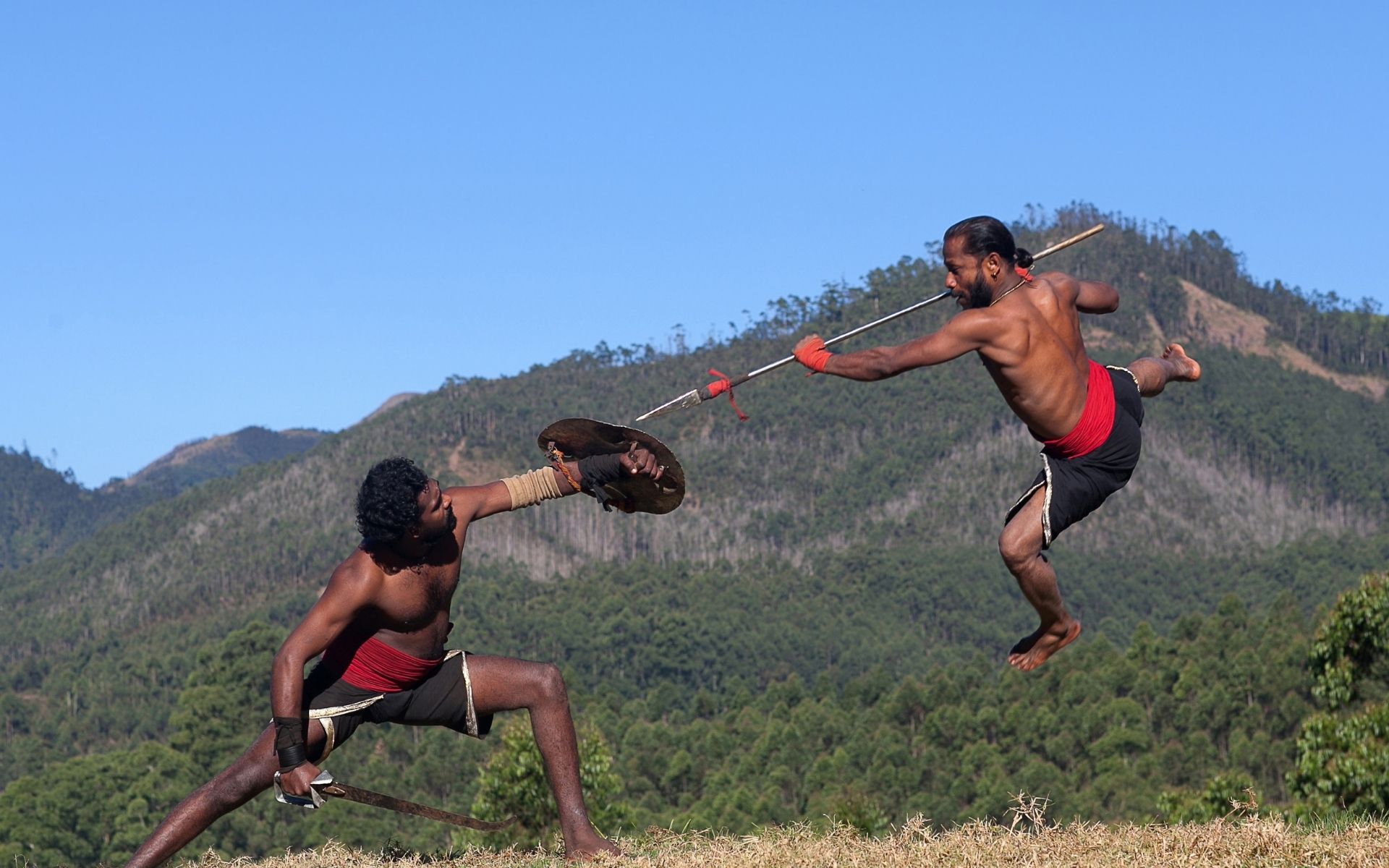
How Marma is related to other energy practices
Are Marma points the same as acupressure points?
Healing wisdom transferred between ancient civilizations in the Far East and present-day India. Ayurvedic medicine, Marma Therapy and Kalari were protected traditions for a long time, though were eventually shared with visitors from the Far East and they influenced the development of traditions in other regions, notably Traditional Chinese Medicine, Kung Fu, and acupuncture. These Far-Eastern counterparts are not identical to the Vedic practices, though there are similarities. The largest difference between Marma and acupuncture points is that the Marma points are measured in a finger unit relative to each individual, and they are larger in size. Also, these points are not related to meridians like they are in Traditional Chinese Medicine.
What is a Marma point?
The word “Marma” refers to the specific energy points that are intersections of the body’s energy channels. Anatomically, it can involve the intersection of any of the following: muscles, arteries, veins, nerves, ligaments, bones, and joints. These points contain vast amounts of life force energy, or Prana, which is identical to the TCM concept of chi.
How many Marmas are there in ayurveda?
Ayurveda recognizes 107 Marma points located throughout the body, with several primary points that are emphasized as most important. Marma Therapy involves gentle stimulation of the points through light touch, massage, and pressure. Once stimulated, the flow of energy can be unblocked and aligned. Like when a dam in a river is removed, Marma Therapy can remove blockages so the energy flow can continue on its natural path. When addressing an injury, increasing energetic flow can also provide additional support to the healing process. Balancing energetic flow leads to overall health and wellbeing.
Do Marma points really work?
As Marma points are the seats of life, they contain all forms of subtle energy: the Doshas (Vata, Pitta, Kapha), Subtle Doshas (Prana, Ojas, Tejas), and Mental Doshas (Sattva, Rajas, Tamas). Just as the energy flow of these centers can be manipulated to increase life force and wellbeing, it can also be manipulated to decrease life force. Some of the points are known for receiving therapeutic benefits in Marma Therapy, while others are known as lethal areas. Whether intentional or by accident, the lethal areas can cause injury or death when triggered. For this reason, it’s important that students of Marma Therapy are trained to understand the exact locations of the 107 Marmas and how to safely manipulate these points.
Combining Marma Therapy with other energy healing techniques
Marma Therapy can be studied and practiced as its own discipline, though it is best combined with its greater Ayurvedic body of knowledge. There are several other practices in Ayurveda that address the Marma points:
Massage Therapy: Marma is a form of touch therapy and therefore seamlessly translates into massage.
Yoga: One of the objectives of Yoga is to increase and balance the flow of Prana through the mind-body system. Therefore, working with Marma points complements the practice of the most commonly known Yogic practice of Asana, by emphasizing specific poses or breathwork. It can also be used as a tool for supporting energy flow with clients in a Yoga Therapy practice.
Marma Therapy: Marma points are stimulated by massage to achieve healing effects to specific areas of the mind-body system. Marmas are sensitive areas so massage should be done carefully. The duration of the Marma point stimulation should be at least 3-5 minutes.
Panchakarma: The eightfold detoxification process of Panchakarma involves many different types of bodywork therapies for addressing systemic, deeply rooted imbalances and injuries. Panchakarma Therapists can incorporate physiological information about Marma points to support healing and avoid injury during practice.
Surgery (Ancient Context): Sushruta, author of Sushruta Samhita and considered the father of surgery, emphasized the importance of the knowledge of Marma in surgical practice.
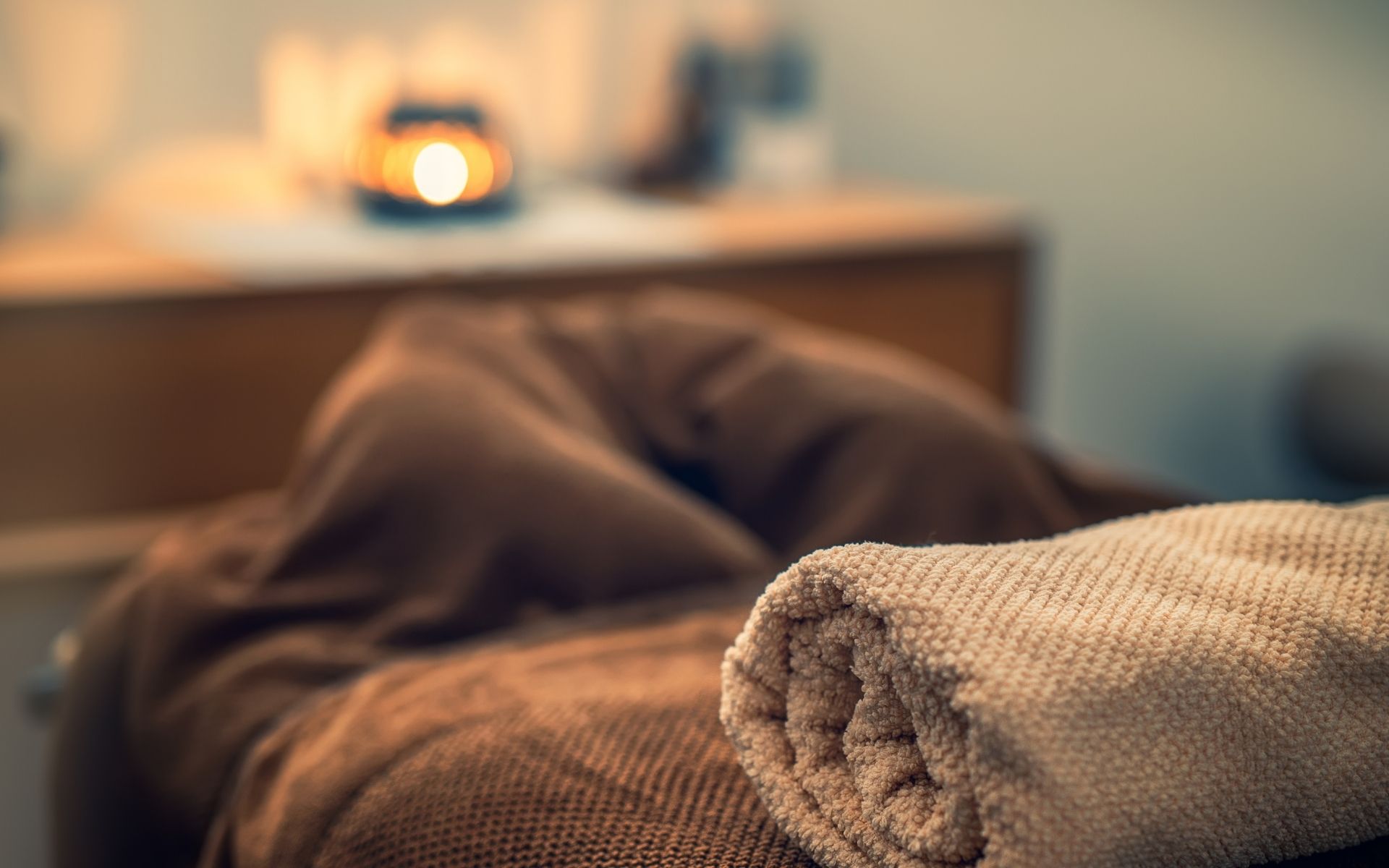
How to train in and implement Marma Therapy
Training in Marma Therapy like our Marma Therapy for Energy Healing workshop includes knowledge transfer and hands-on practice. The traditional principles of Marma Therapy include wisdom from Sushruta, Charaka, and Vagbhata. Marma Therapists must learn and memorize the 107 locations of the points, as well as how to conduct a therapeutic stimulation of these points. In addition to the technicalities of this process, advanced practitioners are trained in assessing an individual’s constitution and imbalances for applying clinical Marma support.
Because Marma Therapy is a touch-based practice, in order to run a professional Marma practice, the practitioner may be required to possess a license to touch. This requirement is stipulated by state or county and varies across locations.
Although it may seem surprising that a healing tradition like Marma Therapy is so closely linked to practices used in battle, it’s important to remember that the Kalari warriors were part of why Ayurveda itself survived colonization. Part of why Ayurveda stands the test of time is due to how holistic in nature it is, encompassing mind, body, and soul, both light and darkness. Just as the Marma points themselves contain all the Doshas, the path of healing is not separate from the wound. Without the wound, there can be no healing.
